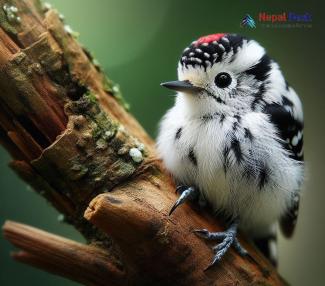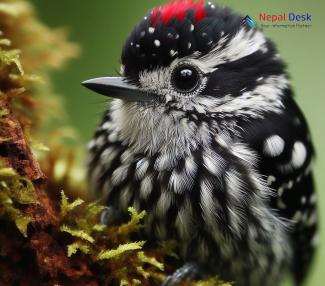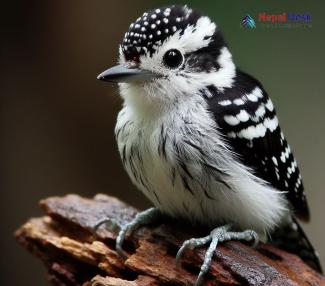Nature is filled with astonishing species, and the bird world is no exception. Among its most remarkable members is the Grey-capped Pygmy Woodpecker (Yungipicus canicapillus). Found predominantly in Asia, this unique bird has captivated bird watchers and nature enthusiasts alike. Let's dive deeper into the taxonomy, physical features, habitat, and diet of this fascinating bird, as well as its presence in Nepal and an interesting point that sets it apart from others.
A Closer Look at Taxonomy
The Grey-capped Pygmy Woodpecker belongs to the family Picidae, which consists of around 200 species of woodpeckers found worldwide. Its scientific name is Yungipicus canicapillus. Within its genus, Yungipicus, there are several species of small woodpeckers spread across Asia that share similar traits.
Physical Features: Small but Mighty
One distinguishing feature of the Grey-capped Pygmy Woodpecker is its small size. Measuring around 13-15 cm in length and weighing just 20-28 grams, it's one of the smallest members of the woodpecker family. Its distinct physical features include a grey cap (hence the name), white eyestripes, and dark brown wings with white spots on the feathers. The female sports a cleaner grey cap, while the male has an additional red patch on top.
Habitat: Adaptable and Versatile
The Grey-capped Pygmy Woodpecker is adaptable to various environments, ranging from subtropical or tropical moist lowland forests to heavily degraded former forests. Thus, it's possible to find these birds in countries like India, Malaysia, Indonesia, Southern China, Bhutan, Thailand, Bangladesh—and yes—Nepal.
Presence in Nepal: An Exotic Feathered Resident
In Nepal, the Grey-capped Pygmy Woodpecker can be found all year round. Bird watchers have spotted this species at elevations ranging from 75 to 1300 meters above sea level. Mainly inhabiting forest edges, secondary growth, and semi-open woodland areas, this little bird thrives even in disturbed habitats close to human settlements.
Diet: Preferring Insects
The Grey-capped Pygmy Woodpecker's diet primarily consists of insects, such as ants and larvae, which they extract from tree bark with their sharp beak. Using their tail for support and their strong legs for grip, these woodpeckers can cling to tree trunks or branches while searching for food.
Fun Fact:
Grey-capped Pygmy Woodpecker has a fascinating nesting behavior. Unlike other woodpeckers that create cavities in tree trunks, this species often shares nesting sites with other small birds. Additionally, instead of building a new hole every year, they may reuse old ones or even occupy abandoned nests from other species.
In conclusion, the Grey-capped Pygmy Woodpecker is a captivating bird species that has gained attention for its unique characteristics. Its versatility in adapting to various habitats demonstrates nature's resilience amidst ever-changing environments. Whether you're an avid birder or merely an admirer of wildlife, the presence of this intriguing bird is sure to leave you in awe.




